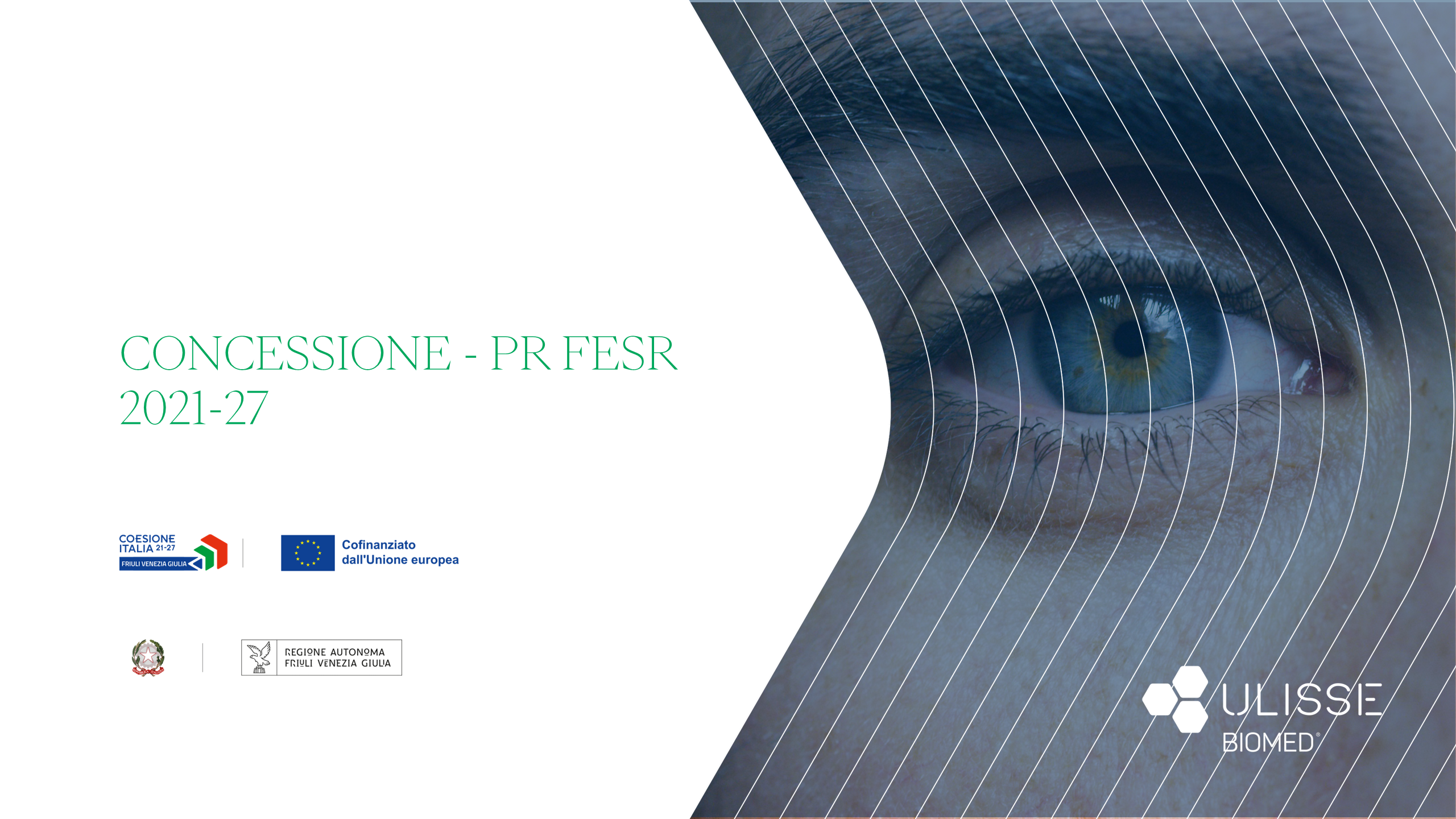Updates and announcements
Papillomavirus Screening: Self-sampling with HPV-Selfy is Effective and Well-Accepted by Women, a New Study Confirms.
The fight against cervical cancer, one of the most common cancers affecting women worldwide, relies on a fundamental weapon:
screening. As Ulisse Biomed has long emphasized, vaccination alone is not enough to eliminate the threat of the Human Papillomavirus (HPV). It is essential to increase participation in screening programs, overcoming barriers such as fear, embarrassment, or logistical challenges that often keep women from traditional testing3.
In this context, our commitment has led to an innovative solution:
HPV-Selfy, the first self-sampling device for HPV testing supported by a smartphone application.
Now, a pilot study published in the prestigious scientific
Journal of Clinical Medicine confirms the validity and effectiveness of this approach. The research, conducted at the Fondazione Policlinico Universitario Campus Bio-Medico of Rome, has shown that our system is not only reliable but also highly appreciated by users.
The Study's Results: A Resounding Success
The study revealed extremely encouraging data:
- High Accuracy: The results of the HPV-Selfy test, performed independently by women at home, showed an excellent agreement of 95.3% with samples collected by a gynecologist in a clinical setting.
- High Adherence and User Satisfaction: A remarkable 81.6% of enrolled women completed the procedure and returned the sample for analysis. 67% stated they preferred self-sampling over the conventional test, finding it easier and less uncomfortable.
- Easy and Intuitive Digital Support: The smartphone application, which guides the user step-by-step, was described as "simple" and "user-friendly" by the vast majority of participants.
These results demonstrate that HPV-Selfy is an effective complementary tool for cervical cancer screening, especially in settings where adherence to traditional surveillance is low. By offering a convenient, private, and effective solution, we can increase screening coverage and detect HPV infections early, saving lives. The research continues, but the path we have taken is the right one: making prevention increasingly accessible to all.
For more details, below the link to the paper published on the Journal of Clinical Medicine.





